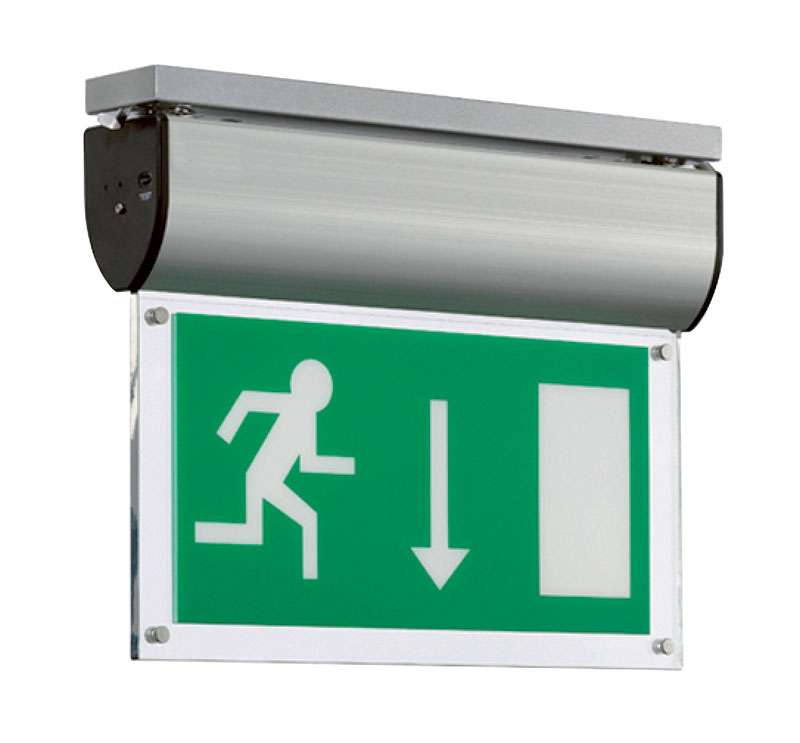
Mount Lighting considers the importance of ensuring emergency lighting systems are installed, commissioned and maintained correctly.
The importance of having a fully compliant Emergency Lighting System is often overlooked by many building owners which can result in the building users, including the public, being put at risk of injury in the event of an emergency or mains failure.
It is essential to ensure emergency lighting installations comply with the current legislation which calls for emergency lighting in almost all building types. The responsibility for the provision, regular testing and ongoing maintenance of emergency lighting systems normally lies with the owner, landlord or occupier of the business premises.
To comply with the legal responsibilities placed on responsible persons it is essential that a formal risk assessment is carried out by a competent person and the system is designed and installed to the current standards.
Initial installation requirements
To ensure ongoing satisfactory operation of all emergency luminaires the following basic care should be taken when installing new luminaires or replacing failed batteries:
● Upon initial installation the battery should be left disconnected until the 220/240v un-switched supply is fully assured, and any circuit testing has been carried out.
● Once the luminaire is initially powered up to the permanent switched live supply, ensure these basic commissioning checks are undertaken prior to final completion:
1. Confirm the mains healthy LED indicator lamp is lit on all luminaires.
2. Confirm correct operation of all switching devices including presence detectors to ensure the permanent supply will remain live unless testing is being carried out or mains power fails.
3. All lamps are in good working order.
4. In the case of monitored systems all luminaires are addressed correctly and visible on the control system and correctly named for the location.
● Allow a minimum of 24 hours provision of full power to the luminaire before any discharge of the battery takes places to ensure the battery is fully charged.
● Allow a minimum of 48 hours provision of full power to the luminaire prior to conducting a full three hour duration discharge test.
Testing requirements
BS5266 and EN50172 set out the minimum requirements relating to in-service testing, maintenance and records. It is a requirement that all records are available for inspection identifying the following tests:
Daily
● Visually check that all maintained lamps are operating and that all system healthy indicators on Central Power Supply Systems (sometimes called Central Battery Systems) are illuminated.
● Check that any recorded system fault is given urgent attention and record all corrective actions in the logbook provided.
Monthly
● Check all luminaires and other emergency lighting equipment are in a good condition, all lamps and light controllers are clean, undamaged and not blackened.
● Briefly test all emergency lighting equipment by simulating a failure of the normal lighting supply. The test should not exceed a quarter of the equipment rated duration. Check that all equipment functions correctly.
● Check that, upon restoring the mains supply, all supply healthy indicators are again illuminated.
Six Monthly
● Carry out the inspection and testing as described in the monthly test schedule, but conduct a test of the equipment for one third of its rated duration test of the system.
Annually
● A full system test should be conducted by a competent service engineer including a full three-hour rated duration test of the system.
● Compliance of the installation and system with the requirements of BS 5266 should be considered and documented.








